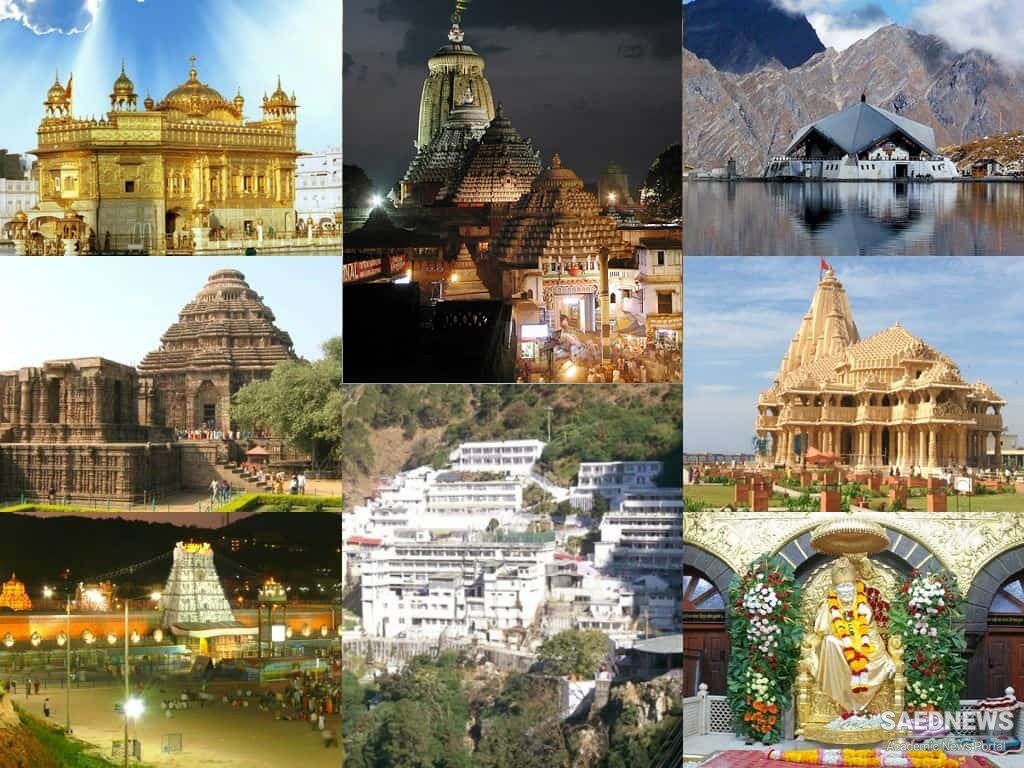There is a small but important literature that focuses on the characteristics and travel patterns of religiously motivated tourists. Rinschede differentiates between different forms of religious tourism based on time involved and distance traveled, namely short- and long-term religious tourism. The short-term type involves travel to nearby pilgrimage centers or religious conferences, while long-term religious tourism involves travel to religious sites and conferences around the world. Rinschede also distinguishes between the two forms of religious tourism using other variables such as number of participants, seasonality of demand, social structure, and choice of transportation. Bhardwaj and Rinschede distinguish between the periodic pilgrimage and the uninterrupted pilgrimage, which refers to a lifelong journey towards perfection. Much has been made in the anthropological literature over the experiences of religious travelers and why they travel. The religious motives literature was initiated primarily by Eliade who noted that religions have sacred centers that people desire to visit. Turner argued that sacred sites were typically on the periphery of society away from the profane social world. Cohen sees pilgrims as traveling to the center of their religious world, and Eade suggests that religious travelers go on pilgrimages to gain “emotional release . . . from the world of everyday structure.” Turner terms this emotional release liminality, where during a journey travelers experience a temporary release from social ties and may “expect things of themselves and others which they may not expect while they are at home”. Travelers expect a spiritual experience and a world where they meet with other travelers in a classless society called communitas in Turnerian lexicon. In a sense then they expect hyperreal experiences where they are “betwixt and between periods of normal, everyday life”. With no formal ties to the outside world, inner reflection and meditation is easier for many pilgrims. While this notion of communitas has been contested recently, the principal of liminality as a hyperreal experience is useful for explaining the experiences of religiously motivated travelers (Source: Pilgrimage, Tourism and Spiritual Journeys).


 Sacred Tourism vs. Profane Tourism: Pilgrimage and Excursion
Sacred Tourism vs. Profane Tourism: Pilgrimage and Excursion














































